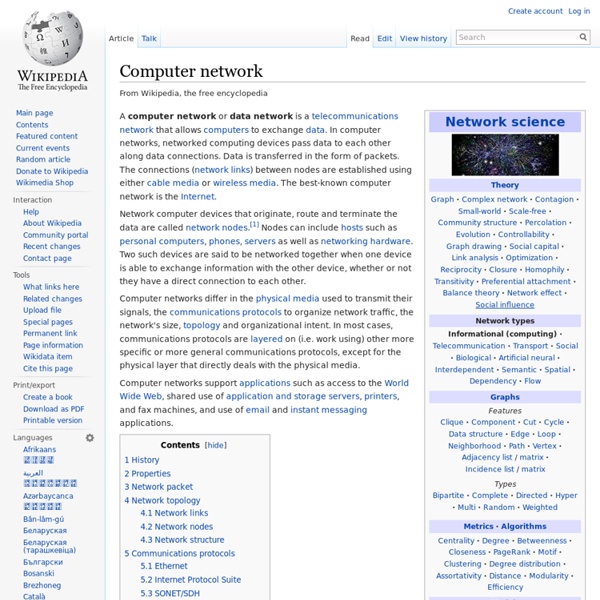Report: Facebook working to improve its 'search' technology
High performance access to file storage Facebook is reportedly working on an overhaul to its clumsy search option. According to Bloomberg Businessweek, which cites two people familiar with the project, the company is attempting to improve the feature. Lars Rasmussen - who built the original Google Maps alongside his brother Jens before taking charge of the unloved and quickly dumped Google Wave - defected from the Chocolate Factory to Facebook in October 2010. He is now said to be beavering away at improving search for the Mark Zuckerberg-run company, which is currently in a quiet period ahead of its IPO that could happen as soon as next month. Apparently, Rasmussen is working on the project with around 25 engineers and they are focusing on making Facebook return more intelligent search queries. That's hardly surprising given that the "Like" feature is what Facebookers click on when they 'fess up to being a fan of, say, Justin Bieber, baked beans or incontinence pads.
How To Fix Computer Issues
Registry errors are often a leading cause of Computer issues. The registry stores information about your computer's system hardware, software, and configuration settings. When registry information gets damaged, it can result in errors, crashes, program lock-ups and hardware failure. It is highly recommended that you fix this before it causes serious issues with your computer! Follow these 3 steps to fix Computer problems: 1. PC Cleaner Pro works with Windows 7, Windows Vista and Windows XP. Download Computer Error Repair Tool *File size: 3.9MB, Download time: <1min (Cable/DSL)Disclaimer: FixErrors.com is an authorized distributor of PC Cleaner.
Software development process
In software engineering, a software development methodology (also known as a system development methodology, software development life cycle, software development process, software process) is a division of software development work into distinct phases (or stages) containing activities with the intent of better planning and management. It is often considered a subset of the systems development life cycle. The methodology may include the pre-definition of specific deliverables and artifacts that are created and completed by a project team to develop or maintain an application.[1] Common methodologies include waterfall, prototyping, iterative and incremental development, spiral development, rapid application development, extreme programming and agile methodology. Some people consider a life-cycle "model" a more general term for a category of methodologies and a software development "process" a more specific term to refer to a specific process chosen by a specific organization. 1970s 1980s
Image Processing Software
Process Server Software: Benefits and Options
February 10, 2009 by ServeNow.com Staff Business Tools A number of feature-rich applications exist for the management of your process serving business. Make sure you choose the one that is right for you. As a process server, embracing the benefits that technology affords can be bittersweet. In a field as specialized as process serving, there are a surprisingly high number of software applications to choose from (eight software companies are referenced in this article). Despite their histories, all these applications have a common objective – to save you time and money by automating your business processes and to help you keep your finger on the pulse of your business. That being said, how do you choose which software to use? Michelle Duvall, of Great Lakes Civil Process Service in Detroit, Michigan, does not currently use an off-the-shelf process serving software. Others value what the future holds for the applications they choose. How long has this company been in business?



